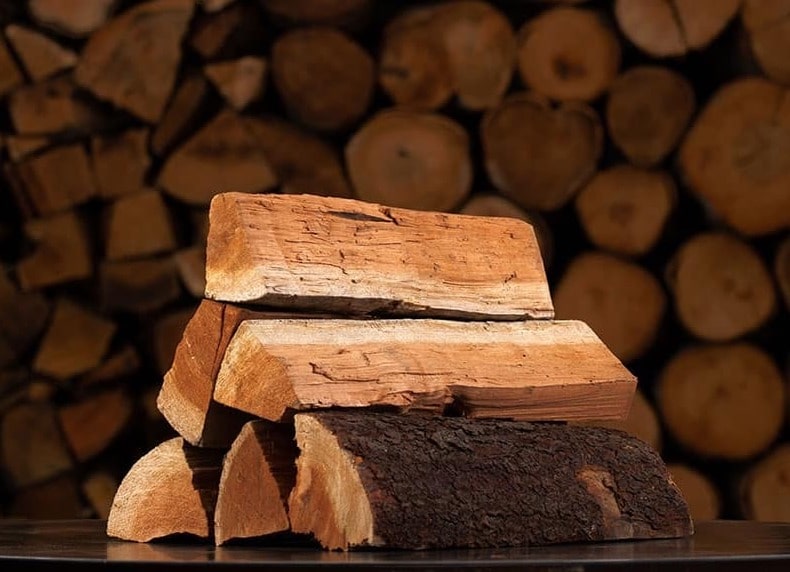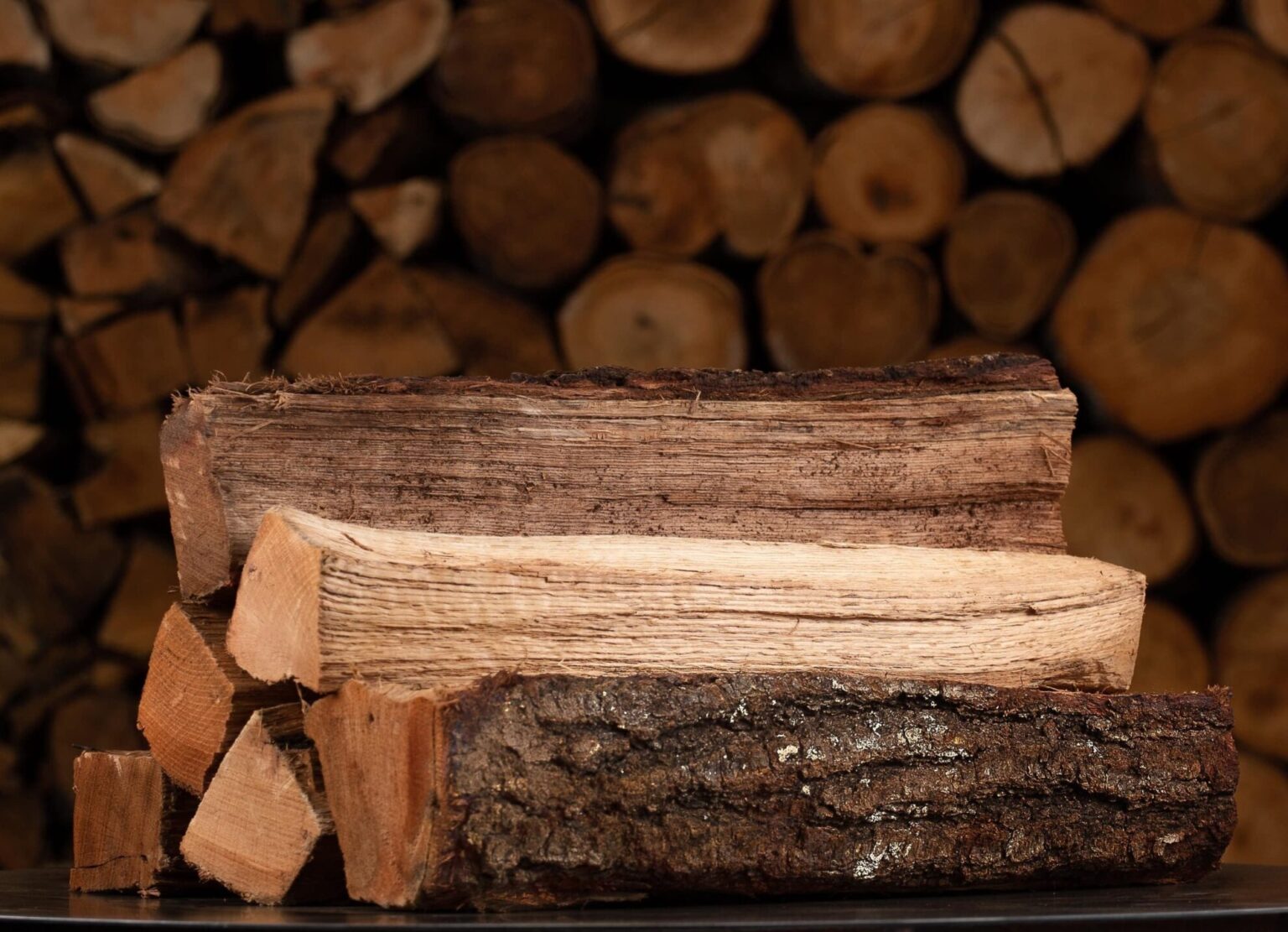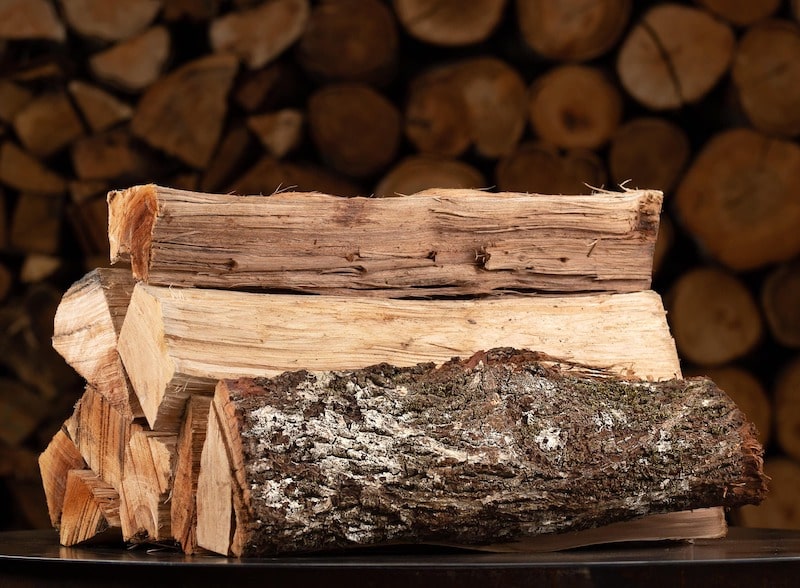Best Smelling Wood To Burn In Fireplace

Choosing the right wood for your fireplace can significantly enhance your fireside experience. While heat output and burn time are crucial factors, the aroma of the burning wood plays a significant role in creating a cozy and inviting atmosphere. This guide explores the best-smelling woods for your fireplace, considering both their fragrance and their suitability for safe and efficient burning.
Understanding Wood Types and Their Aromas
Not all wood is created equal when it comes to aroma. The scent released during burning depends on the tree species, its resin content, and the presence of volatile organic compounds (VOCs). Generally, hardwoods tend to produce more pleasing aromas than softwoods due to their denser structure and lower resin content.
Hardwoods like oak, maple, and cherry are known for their slow-burning qualities and distinct scents. These woods often produce a subtle, pleasant aroma that doesn't overwhelm the senses.
Softwoods such as pine and fir, on the other hand, are more resinous. While some find the pine scent appealing, burning too much softwood can lead to excessive smoke, creosote buildup (a fire hazard), and a stronger, sometimes less desirable odor.
Key Considerations for Selecting Aromatic Firewood
Before diving into specific wood types, consider these crucial factors:
- Seasoning: Properly seasoned wood is essential. Green (unseasoned) wood contains high moisture content, leading to smoky fires, reduced heat output, and increased creosote buildup. Seasoned wood has been air-dried for at least six months (preferably longer) and has a moisture content below 20%. It's lighter, easier to light, and burns cleaner.
- Safety: Never burn treated wood, painted wood, or construction debris. These materials release toxic fumes that are harmful to your health and the environment.
- Fireplace Type: Some fireplaces or wood stoves have specific wood recommendations. Check your appliance's manual for guidance.
- Smoke Control: Be mindful of local regulations regarding wood burning. Some areas have restrictions on the types of wood that can be burned to minimize air pollution.
Top Wood Choices for a Pleasurable Aroma
Here are some of the best-smelling woods to burn in your fireplace, categorized by their aroma profiles:
Fruity and Sweet Scents
These woods offer a subtle sweetness that is both inviting and comforting.
Applewood: Renowned for its delicate, fruity aroma, applewood is a top choice for both cooking and fireplaces. It produces a clean, sweet scent that is not overpowering. Applewood burns relatively slowly and provides good heat, making it a desirable option. It's often used in smoking meats, hinting at the culinary potential of its aroma.
Cherry: Similar to applewood, cherry wood boasts a sweet, fruity fragrance with a hint of spice. It is slightly less intense than applewood, offering a more subtle and refined aroma. Cherry wood burns cleanly and produces a warm, inviting ambiance.
Spicy and Warm Scents
For those who prefer a more robust and invigorating aroma, these woods are excellent choices.
Hickory: Known for its strong, smoky aroma with hints of bacon or spice, hickory is a popular choice for grilling and smoking. When burned in a fireplace, it imparts a bold and distinctive scent that adds warmth and character to the room. Hickory burns hot and long, making it a good option for cold evenings. Be aware that its strong scent can be overpowering for some.
Oak: Oak wood has a classic, slightly smoky aroma with a hint of vanilla or spice. It's a very popular choice for fireplaces due to its readily available nature and its excellent burning characteristics. Oak burns slowly and steadily, producing consistent heat. The aroma is not as intense as hickory but still provides a pleasant and comforting atmosphere. There are different types of oak (red oak, white oak) each with slightly different aroma nuances, with white oak generally regarded as superior for burning due to its higher density and lower smoke production.
Earthy and Woody Scents
If you prefer a more natural and grounding aroma, these woods are excellent choices.
Maple: Maple wood produces a mild, sweet aroma with subtle earthy undertones. It's a clean-burning wood that doesn't produce excessive smoke. Maple provides good heat and burns at a moderate pace, making it a versatile option. The aroma is subtle and pleasing without being overwhelming.
Birch: Birch wood offers a distinctive, slightly spicy aroma with hints of wintergreen. It's a relatively fast-burning wood, so it's best used in combination with slower-burning woods like oak or maple. Birch is easy to ignite and provides a cheerful, warming ambiance. The aroma is more pronounced than maple but still considered pleasant and inviting.
Avoid These Woods (or Use with Caution)
While some woods offer delightful aromas, others are best avoided or used with caution due to their undesirable scents, excessive smoke, or potential safety hazards.
Pine: While some enjoy the smell of pine, burning it in a fireplace is generally discouraged. Pine is a softwood with a high resin content, which leads to excessive smoke, creosote buildup, and a strong, sometimes acrid odor. Pine burns quickly and provides less heat than hardwoods. If you must burn pine, do so sparingly and ensure your chimney is regularly cleaned.
Cedar: Cedar has a strong, pungent aroma that can be overwhelming for some. While it's commonly used in closets to repel moths, burning it in a fireplace can create a strong and potentially irritating odor. Cedar also tends to spark and pop, making it a less desirable option for indoor fires.
Elm: Elm wood is notoriously difficult to split and tends to produce a foul odor when burned. It also burns poorly and doesn't provide much heat. Elm is generally not recommended for fireplace use.
Poplar: Poplar is another softwood that burns quickly and produces a lot of smoke. The aroma is generally considered unpleasant. Poplar is best avoided for fireplace use.
Tips for Maximizing Aroma and Safety
Here are some tips to enhance the aroma of your firewood and ensure safe burning practices:
- Mix and Match: Combine different wood types to create a complex and layered aroma. For example, you could burn oak as a base and add a few pieces of applewood or cherry wood for a touch of sweetness.
- Use Seasoned Wood: Properly seasoned wood is crucial for a clean-burning fire with a pleasant aroma.
- Maintain Your Fireplace: Regular chimney cleaning is essential to prevent creosote buildup and ensure proper ventilation.
- Control Airflow: Adjusting the airflow in your fireplace can affect the intensity of the aroma. Experiment with different settings to find the optimal balance.
- Store Wood Properly: Store firewood in a dry, well-ventilated area to prevent mold and decay. Stack the wood off the ground to allow for air circulation.
- Consider Scented Fire Starters: Enhance your fire's aroma with scented fire starters or kindling. Choose natural scents like cinnamon, pine, or orange for a festive touch.
- Use a Fireplace Screen: A fireplace screen not only prevents sparks from escaping but also helps contain the aroma within the room.
Beyond the Wood: Other Factors Affecting Aroma
While the type of wood is a primary factor in determining the aroma of your fire, other elements can also influence the scent experience:
Chimney Draft: A strong, efficient chimney draft ensures that smoke and odors are properly vented outside, preventing them from lingering in the room. A poor draft can lead to smoky fires and unpleasant smells.
Cleanliness: A clean fireplace and hearth contribute to a fresher-smelling environment. Regularly remove ashes and debris from the fireplace to prevent stale odors.
Indoor Air Quality: Poor indoor air quality can mask or alter the aroma of your fire. Ensure proper ventilation and consider using an air purifier to maintain a clean and fresh indoor environment.
Personal Preferences: Ultimately, the best-smelling wood is a matter of personal preference. Experiment with different wood types to find the aromas that you find most enjoyable and comforting.
By considering these factors, you can create a fireside experience that is both safe and pleasurable, filling your home with the delightful aroma of your favorite woods.










